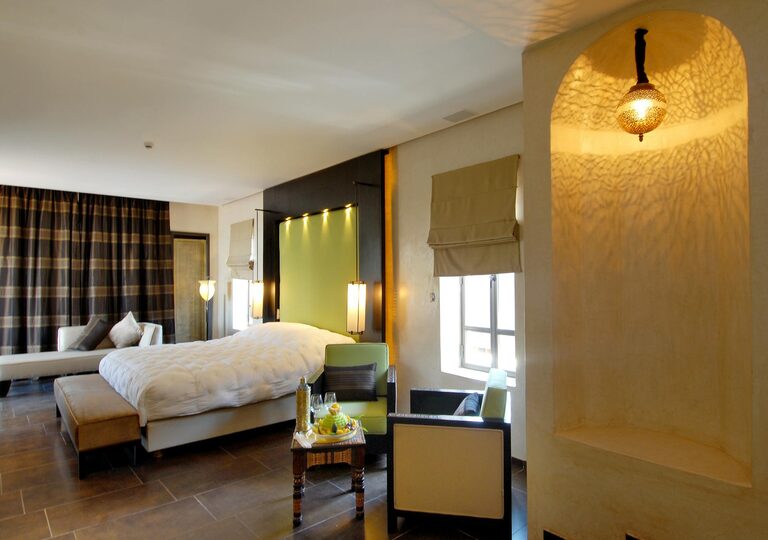
Tips for Choosing Comfortable Home Lighting That Enhances Your Space
Creating a comfortable atmosphere at home begins with the right lighting. Proper lighting not only illuminates your space but also affects your mood, productivity, and even your health. Choosing comfortable home lighting involves understanding different types of lights, their placement, and how they work with your interior design.
In this post, we’ll guide you through practical tips to help you select home lighting that is both comfortable and beautiful, making your living areas inviting and functional.
Why Comfortable Lighting Matters
Before diving into tips, it’s helpful to understand why comfortable lighting plays a crucial role in your home:
– Mood and Ambiance: Lighting sets the tone of a room, creating warmth or energy depending on the brightness and color.
– Functionality: Good lighting makes daily tasks easier and safer, whether it’s reading, cooking, or relaxing.
– Health: Proper lighting can reduce eye strain and improve sleep patterns by mimicking natural light cycles.
Now, let’s explore how to make the right choices for your home lighting.
1. Understand Different Types of Lighting
Comfortable home lighting usually involves layering three main types of light:
Ambient Lighting
This is the general, overall light in a room, usually provided by ceiling fixtures, chandeliers, or flush mounts. It ensures that the space is evenly lit and safe to move around.
Tip: Use dimmers with your ambient lights to adjust brightness according to activities or time of day.
Task Lighting
Focused lighting that helps with specific activities like reading, cooking, or working. Examples include desk lamps, under-cabinet lighting, and pendant lights over a kitchen island.
Tip: Choose adjustable task lights that can be directed where you need them most.
Accent Lighting
This type highlights architectural features, artwork, or plants and adds depth and dimension to your space.
Tip: Use wall sconces or LED strips to create a cozy and inviting mood.
2. Select the Right Color Temperature
Lighting color temperature is measured in Kelvins (K) and affects how warm or cool a light appears.
– 2700K – 3000K (Warm White): Creates a soft, welcoming glow perfect for living rooms and bedrooms.
– 3500K – 4100K (Neutral White): Suitable for kitchens and bathrooms where clarity is important but you still want comfort.
– 5000K – 6500K (Cool White/Daylight): Mimics daylight and is ideal for work areas like offices or garages.
Tip: For comfort, avoid harsh, overly cool lights in relaxing spaces and opt for warmer tones.
3. Pay Attention to Brightness (Lumens)
The brightness of a bulb is measured in lumens rather than watts.
– For general living areas, aim for 1,500 to 3,000 lumens.
– For task areas like kitchens or home offices, 3,000 to 4,000 lumens may be better.
Tip: Use multiple light sources to achieve desired brightness without glare.
4. Use Adjustable Fixtures
Flexibility is key to comfortable lighting.
– Install dimmer switches to easily control brightness.
– Choose lamps and fixtures with adjustable arms or heads.
– Consider smart bulbs or lighting systems that can be controlled with apps or voice commands.
This allows you to tailor lighting to different moods and activities.
5. Minimize Glare and Shadows
Glare can cause discomfort and eye strain, while harsh shadows can make a room feel unsettling.
– Use lampshades or frosted bulbs to diffuse light evenly.
– Position task lighting to avoid direct light in your eyes.
– Combine multiple light sources to reduce shadows in work areas.
6. Match Lighting Style with Your Decor
Comfortable lighting also looks good.
– Choose fixtures that complement your room’s style, whether modern, rustic, or classic.
– Use warm-toned materials like wood and fabric for lamp bases and shades to add coziness.
– Consider the size and scale of light fixtures relative to your room.
7. Consider Natural Light
Maximize natural daylight by:
– Using sheer curtains or blinds that can be adjusted.
– Positioning mirrors to reflect natural light deeper into the room.
– Keeping windows clean.
Natural light positively impacts comfort and reduces the need for artificial lighting during the day.
8. Plan Lighting Layer by Layer
Use a layered approach for balanced lighting:
- **Ambient light** for overall illumination.
- **Task lighting** where precision is needed.
- **Accent lighting** for decorative effect.
Layering adds versatility, so you can adjust lighting levels easily for different times and uses.
9. Choose Energy-Efficient Bulbs
LED bulbs are the best choice for comfort and sustainability. They produce less heat, last longer, and offer a range of colors and brightness levels.
Tip: Look for LED bulbs with a high Color Rendering Index (CRI) of 80 or above for natural color appearance.
10. Test Before You Commit
Finally, don’t be afraid to try different bulbs and placements.
– Purchase bulbs that allow returns or switch bulbs in existing fixtures before buying new ones.
– Use temporary lamps or clip lights to test light effects in various spots.
– Observe how light feels at different times of day and adjust accordingly.
—
In Summary
Comfortable home lighting enhances daily life by creating a cozy and functional environment. By understanding types of lighting, choosing the right color temperature and brightness, layering your lights, and considering style and energy efficiency, you can craft a home that feels welcoming and well-lit.
Remember, lighting is both a science and an art—feel free to experiment and customize until you find the perfect balance for your unique space.
Happy lighting!
